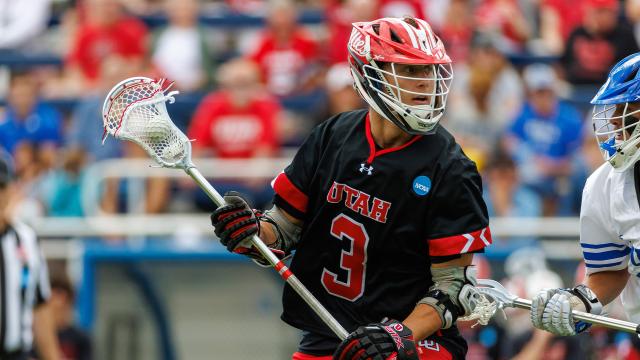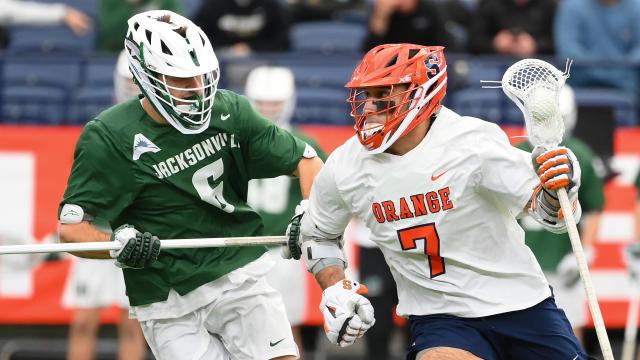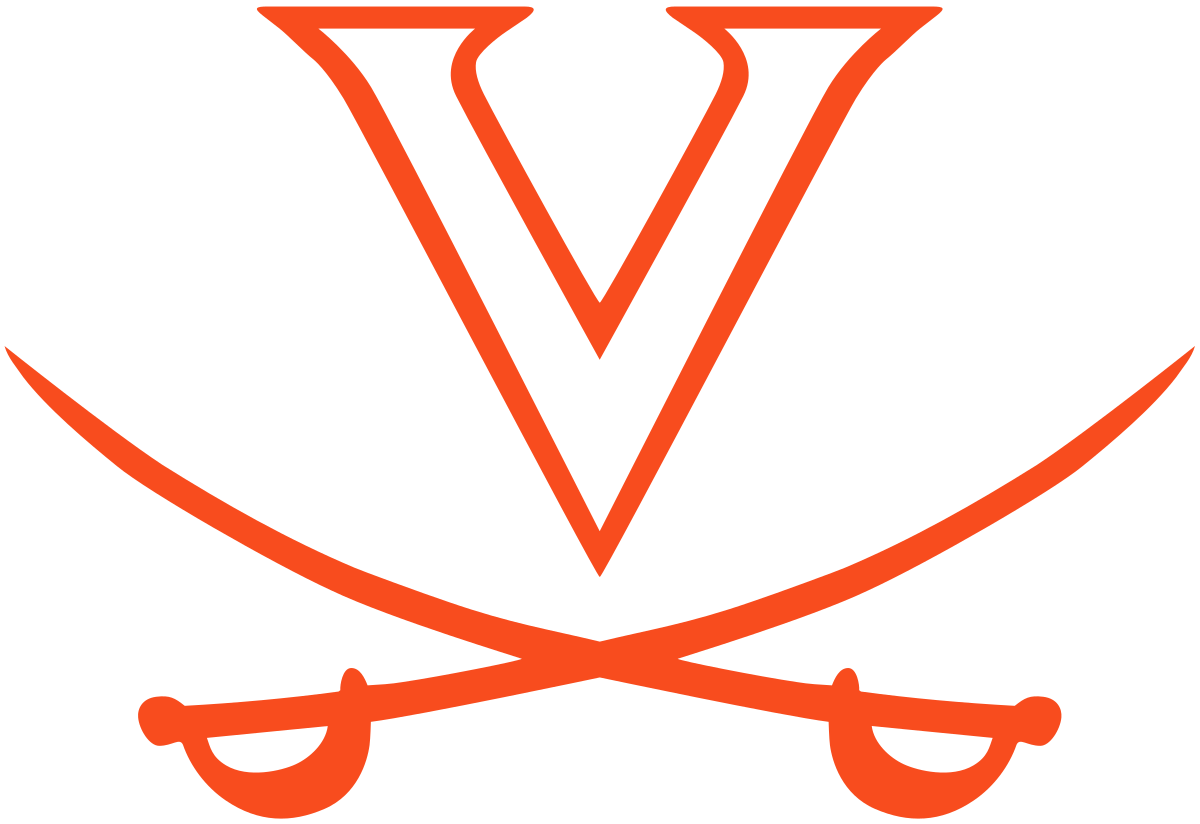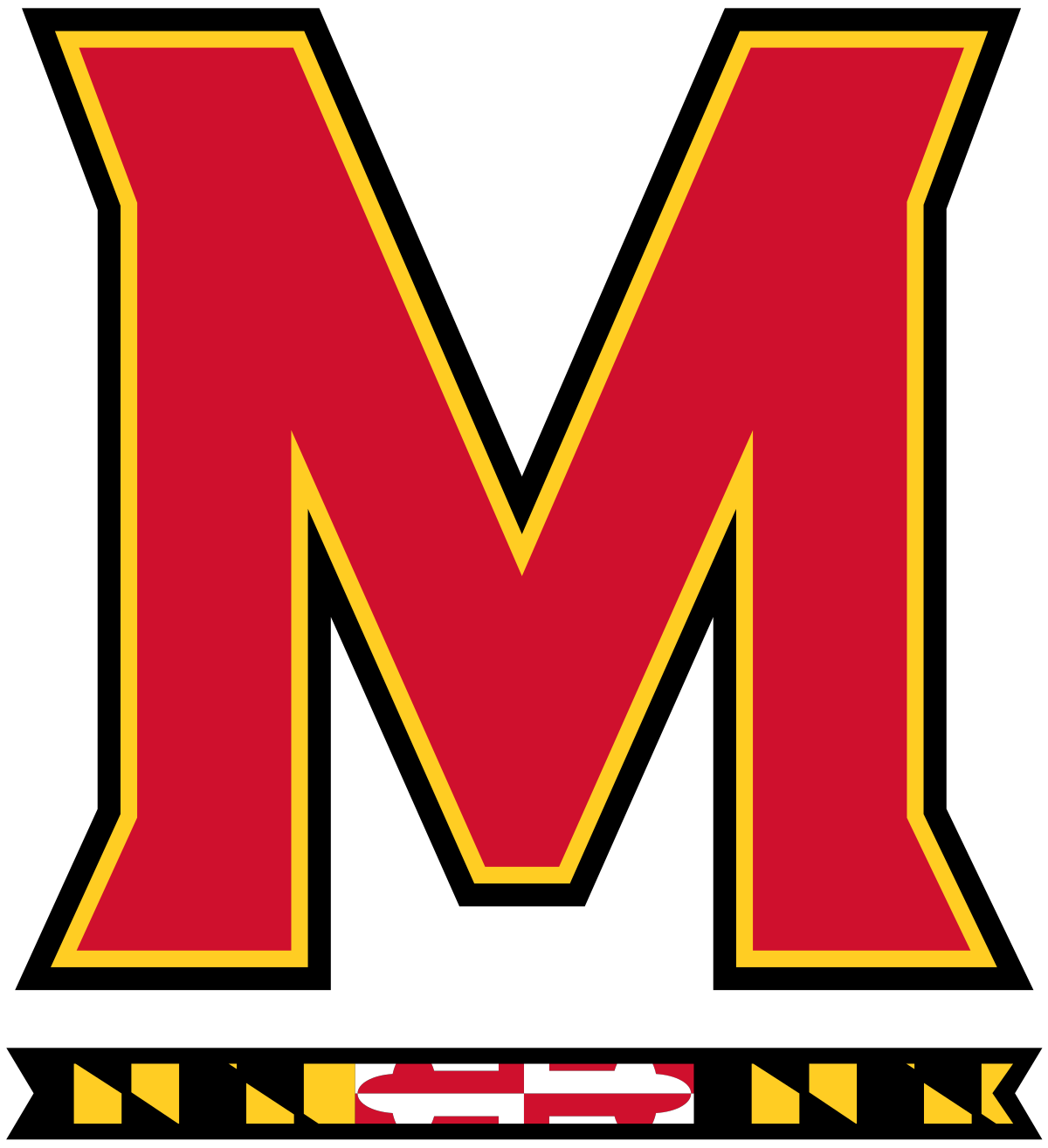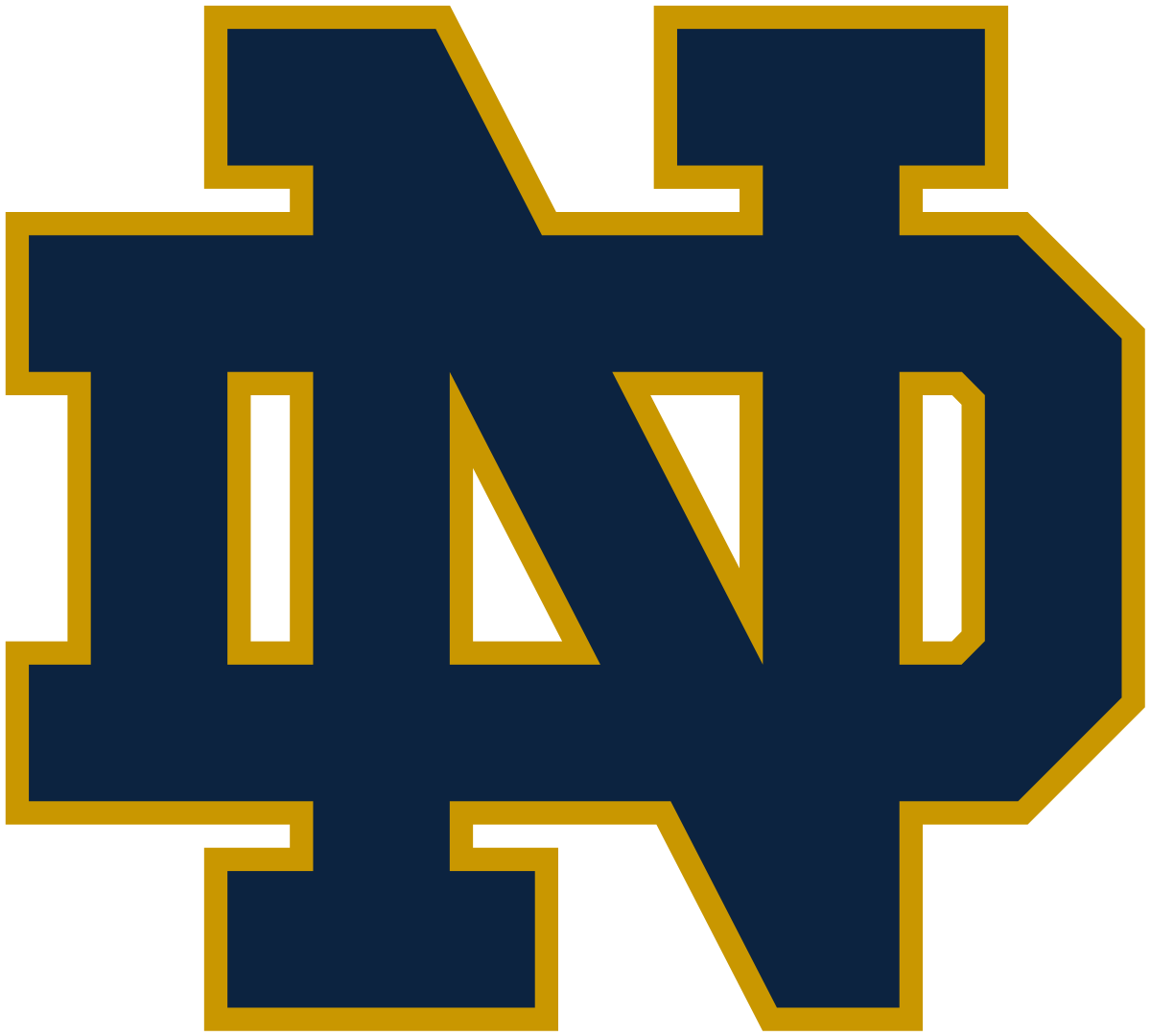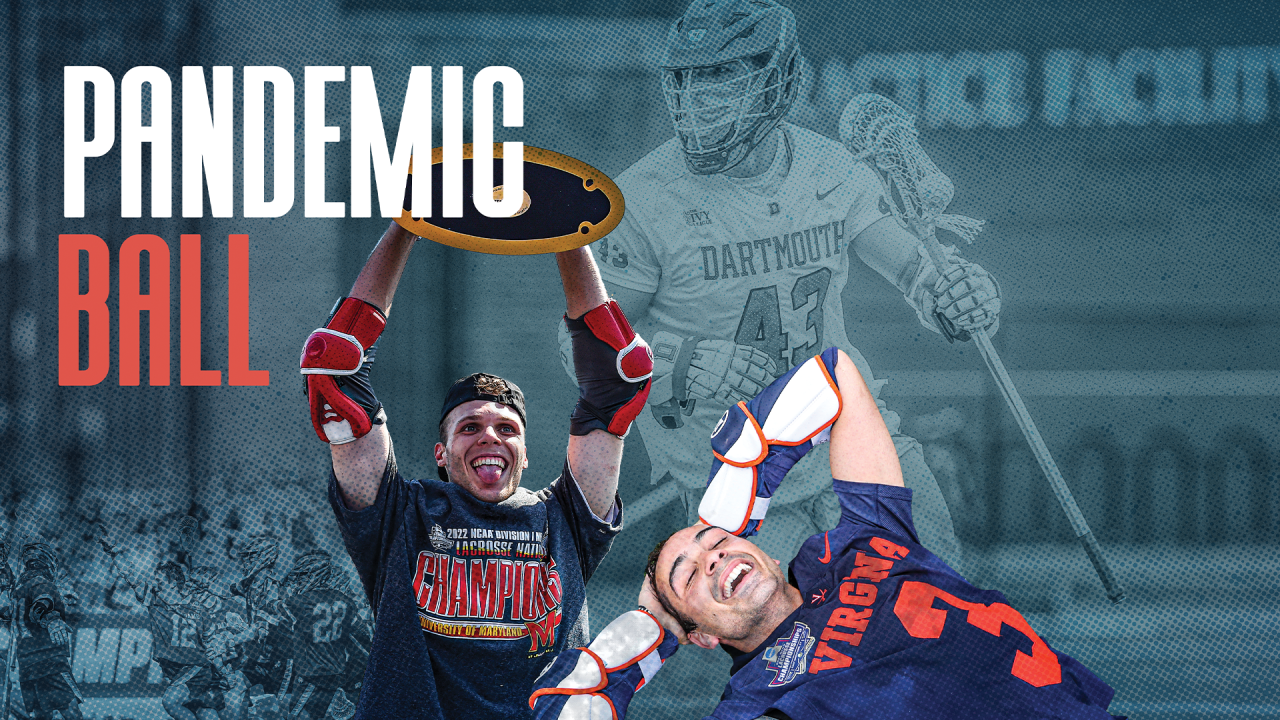

© 2026 USA Lacrosse. All Rights Reserved.

Not far down the list of 21st-century developments that helped the spread of college lacrosse is the launch of ESPNU in 2005. At the time, the network’s tagline was, “Never graduate.”
College lacrosse, which would ultimately provide hundreds of hours of broadcast inventory in the nearly two decades since, has truly embraced that slogan in the years since the pandemic truncated the 2020 season.
It is far from the only college sport to be transformed in some fashion since the world shut down four years ago and the NCAA issued blanket waivers for an extra year of eligibility. The reality of five-year college careers has unfolded simultaneously with the legalization of pay-for-play at the college level (aka name, image and likeness deals) and the ubiquity of the transfer portal (in effect, unrestricted free agency).
“You have to feed the beast," Virginia coach Lars Tiffany said, "the beast being Duke, Notre Dame, Virginia in some ways."
So, what exactly can be made of this run of loaded and/or supersized rosters? First things first: No one’s taking away the championships Virginia (2021), Maryland (2022) and Notre Dame (2023) have won. Nor should anyone begrudge whoever heaves their sticks to the heavens in Philadelphia this May.
“When you have 23-, 24-year-old men playing with a lot of experience, it’s going to make your team better,” Georgetown coach Kevin Warne said. “I don’t foresee it being an asterisk.”
Yet elements of each title run are inextricably rooted in pandemic-era ball, and the additions and absences it caused.
Virginia navigated a spring when vaccines were only just becoming available, and restrictions were in full effect. The Cavaliers didn’t have to deal with threats from the Ivy League, which sat out the season, but they also conquered unusual conditions to earn a repeat title in unorthodox fashion.
The undefeated Terrapins of 2022 were an offensive juggernaut. Tewaaraton winner Logan Wisnauskas was in his sixth year (he redshirted a year at Syracuse), as was midfielder Anthony DeMaio. Jonathan Donville (Cornell) and Keegan Khan (Villanova) were graduate transfers. Maryland zipped the ball around like a pro offense in part because so many of its players would have been pros by then in another era.
And while Notre Dame already possessed a strong roster, Chris Fake and Brian Tevlin were among the sport’s most experienced players. Both played on Yale’s national title team in 2018, appeared in four seasons with the Bulldogs even as they were forced to sit out another and then bookended their careers by helping the Irish claim their first NCAA crown.
Those are the champions, but by no means the sole winners of an altered landscape. Rutgers reached Memorial Day Weekend for the first time in 2022, and an influx of fifth-year players who saw the benefits of getting a master’s in business from a school 40 miles from Wall Street provided a template. Warne’s Hoyas also dipped heavily into the transfer pool to augment their roster, with Tewaaraton Award finalist Tucker Dordevic (Syracuse) the biggest addition last year.
The time to truly assess the COVID era isn’t just as it is coming to an end, Warne argues. Instead, it’s a few years down the road when many programs return to the traditional approach of recruiting and then developing players.
Any reckoning with recent seasons cannot discount the what-ifs of Ivy League programs that not only lost the 2020 postseason like everyone else, but 2021 as well. Stars not permitted to play a fifth year for an Ivy school used up their eligibility elsewhere, a trend that continues this year with Princeton exporting several potential All-American selections to other programs.
But what if this isn’t the end of the pandemic eligibility decisions? What if the backlog effect — high school graduates opting for a postgrad season or redshirt year — creates a COVID echo that reverberates for the rest of the decade?
“I don’t think you can look at it as a four-year period,” Princeton coach Matt Madalon said. “This will linger eight or nine years."
Tiffany believes two lasting effects will be more players volunteering to redshirt and a bump in total transfers. There’s also redefining how good a team must be to win it all, which might not be permanent. If it is, it will be the most significant vestige of this tumultuous time.
“If a 95 was an A-plus, well now you can have a 95 and you don’t win a national championship,” Tiffany said. “Like Virginia in 2023. Definitively, that’s the best team I’ve ever put on the field. We also played two other teams in Notre Dame and Duke that had superpower teams. Now, 105 is the new level to win a national championship. It’s raised the bar.”
Patrick Stevens has covered college sports for 25 years. His work also appears in The Washington Post, Blue Ribbon College Basketball Yearbook and other outlets. He's provided coverage of Division I men's lacrosse to USA Lacrosse Magazine since 2010.

